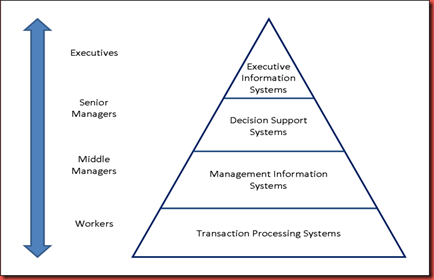
What is Internet?
The Internet is a massive network of networks, a networking infrastructure. It connects millions of computers together globally, forming a network in which any computer can communicate with any other computer as long as they are both connected to the Internet. Information that travels over the Internet does so via a variety of languages known as protocol.
The internet in simple terms is a network of the interlinked computer networking worldwide, which is accessible to the general public. These interconnected computers work by transmitting data through a special type of packet switching which is known as the IP or the internet protocol.
Internet is such a huge network of several different interlinked networks relating to the business, government, academic, and even smaller domestic networks, therefore internet is known as the network of all the other networks. These networks enable the internet to be used for various important functions which include the several means of communications like the file transfer, the online chat and even the sharing of the documents and web sites on the WWW, or the World Wide Web.
What is WWW?
The World Wide Web, or simply Web, is a way of accessing information over the medium of the Internet. It is an information-sharing model that is built on top of the Internet. The Web uses the HTTP protocol, only one of the languages spoken over the Internet, to transmit data. Web services, which use HTTP to allow applications to communicate in order to exchange business logic, use the the Web to share information.






